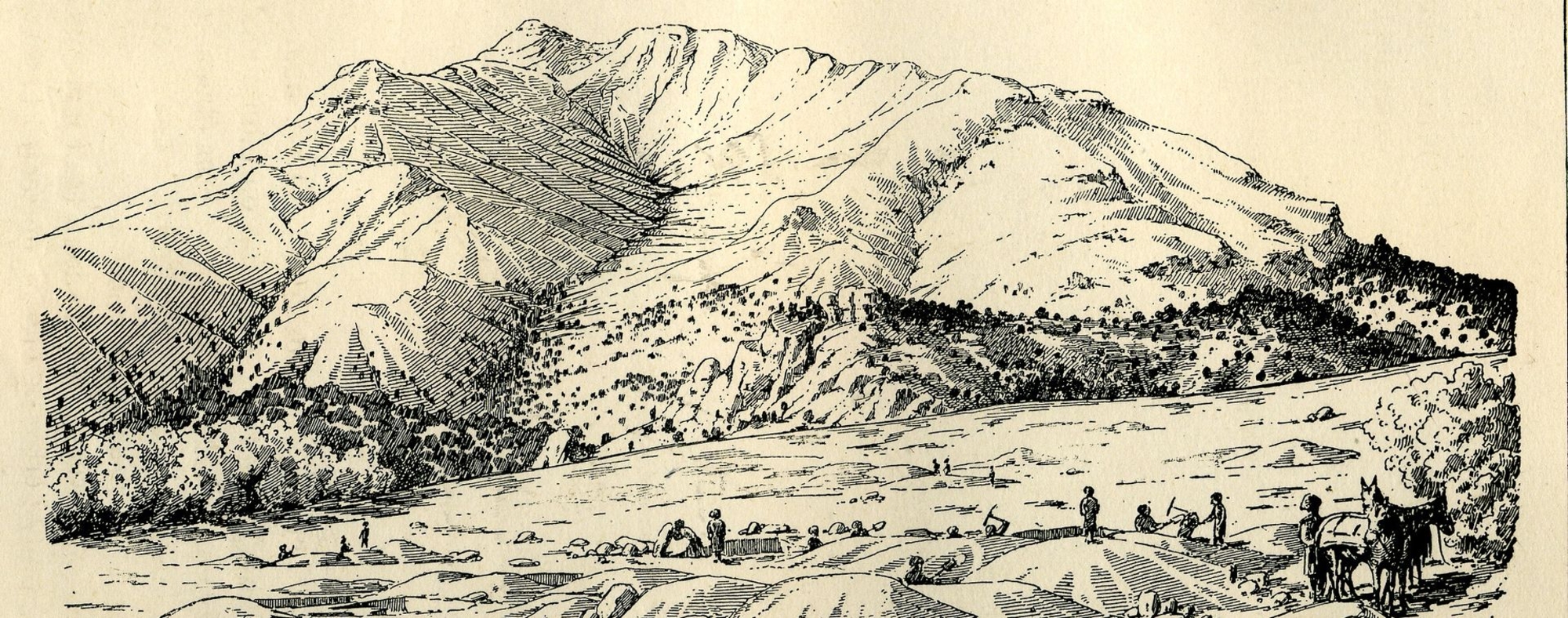
- Home
- The life of Jacques de Morgan
- Caucasus (1888-1889)
- Armenia 1888-1889
On arriving in Armenia in 1886 to work the copper mines of Akhtala, Jacques de Morgan ran into difficulties with his industrial partners, as he had in Malaysia. He resigned, but, impressed by the archaeological potential of the Caucasus, he managed to persuade the Ministry for Public Education to send him on an official scientific mission to the region in 1888.
Excavating necropolises
Between 1888 and 1889, Jacques de Morgan explored several necropolises in present-day Armenia and Georgia, then under Russian control. He excavated over 1,000 graves, recording his observations of the burial structures, including the construction and arrangement of the graves, and the position of the deceased.
In his published work on the excavations he used a series of archaeological drawings to illustrate his descriptions. These are of particularly value since researchers at the time rarely illustrated the context of their discoveries. He also studied the grave goods, chiefly ceramic containers, personal ornaments, and metal objects, including weapons.
Metalworking research
Jacques de Morgan took a close and life-long interest in the emergence and development of metalworking, particularly in the Caucasus, and this remained a constant feature of his research. As a mining engineer, he could estimate the quality of deposits, and understood the interest of such a resource for people in the ancient past.
Broadening general knowledge of the Caucasus
Morgan’s work provided him with a broad understanding of the region. He dated all the excavated Iron Age necropolises, and managed to determine a fairly accurate relative dating sequence for the tombs. He also produced an archaeological map of the region. He immediately published the results of his research in his Mission scientifique au Caucase, études archéologiques et historiques.


